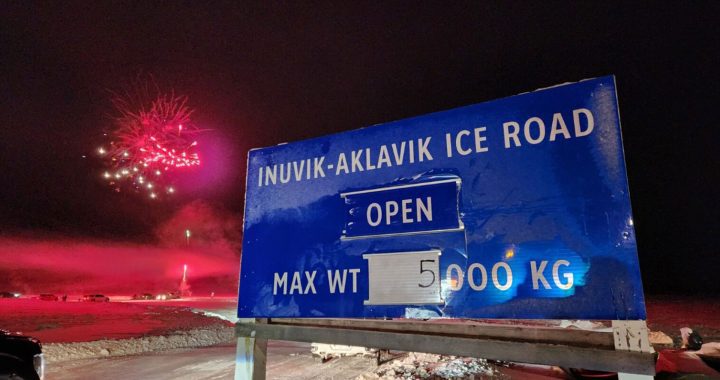APTN National News
OTTAWA--Indigenous languages appear to be in decline, but teaching them in school could give these threatened languages new life, according to Statistics Canada census numbers.
Stats Can data from the 2011 census shows that about 213,490 people claim an Indigenous language as a mother tongue, which represents a drop of about 3,620 people, or 1.7 per cent, since 2006. That data also shows that about 213,400 people spoke an Indigenous language at home.
The census data, however, also shows that if school-aged children didn’t have an Indigenous language as a mother tongue learned it at school, they were more likely to speak it at home.
“Those aged 34 and under were more likely to report speaking an (Indigenous) language at home that was different than their mother tongue,” said Stats Can. “More specifically, it was more common among school-aged children who may have been learning an (Indigenous) language as a second language at school.”
The numbers, however, may not offer a completely accurate reflection of the health of Indigenous languages. The data doesn’t include reporting from 31 First Nations communities, including six in Quebec, 20 in Ontario, two in Manitoba, one in Saskatchewan, one in Alberta and one in British Columbia.
For example, the incomplete census data showed only 1,040 people spoke an Iroquoian language and only 545 people spoke Mohawk, which doesn’t reflect the reality on the ground in Iroquois communities.
The census data recorded over 60 Indigenous languages, grouped under 12 language families, still alive in Canada.
The data showed the Algonquian language family group, which includes Cree, Ojibway, Innu-Montagnais, Oji-Cree, Mi’kmaq, Atikamekw and Blackfoot, was the largest in the country. About 144,015 reported an Algonquian family language as their mother tongue.
Stats Can said that Cree languages, Inuktitut and Ojibway accounted for two thirds of all reported Indigenous languages.
The data showed that 83,475 people spoke Cree languages, 35, 500 spoke Inuktitut and 19, 275 spoke Ojibway.
The census data found that the British Columbia was home to the most endangered recorded Indigenous languages with only 75 people speaking Haida and 100 people speaking Kutenai. The Tlingit language, found in the Yukon and B.C., only had 130 reported speakers.
The census found that 20 per cent of people reporting an Indigenous language as a mother tongue lived in Quebec, 17.7 per cent in Manitoba and Saskatchewan 16 per cent.










